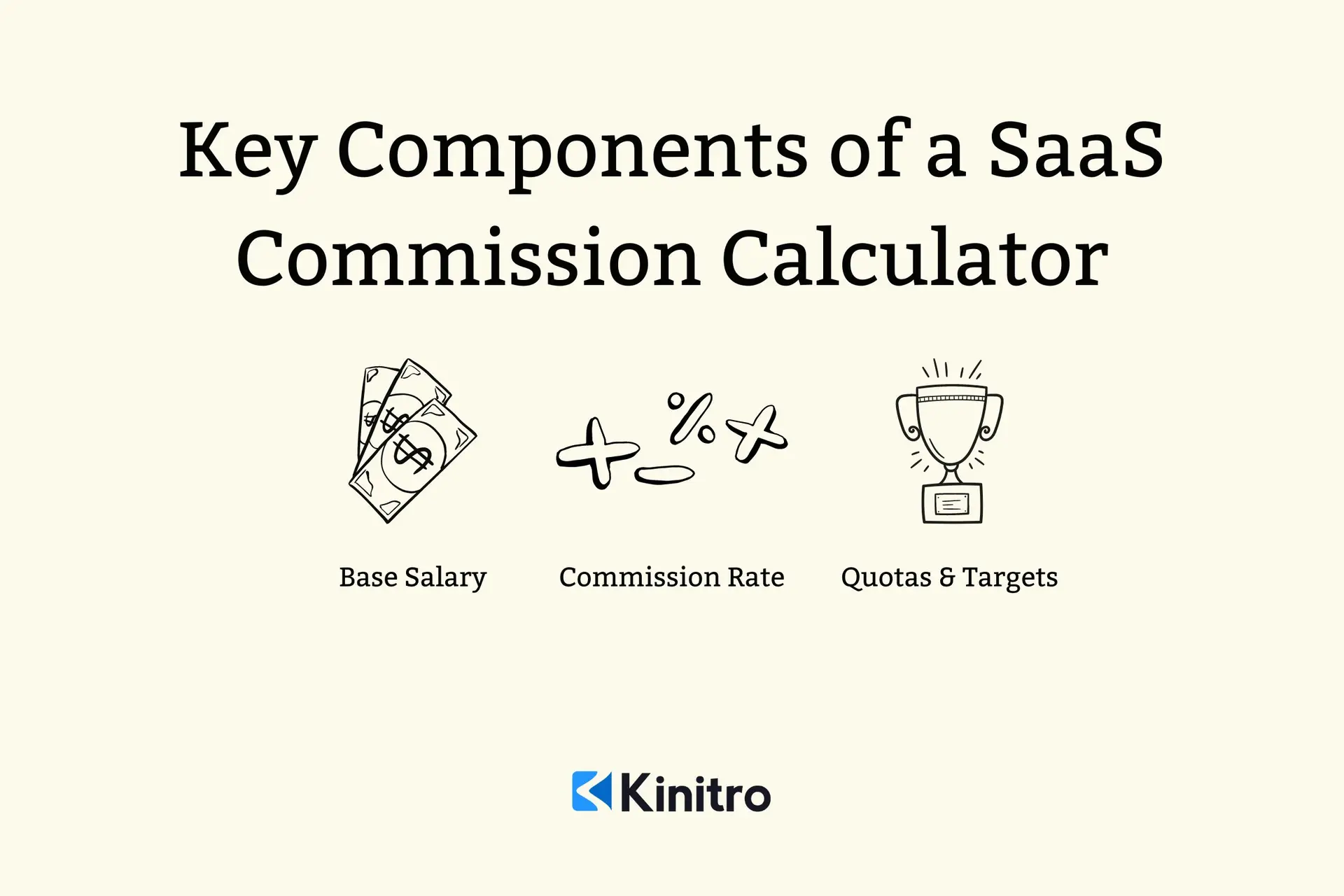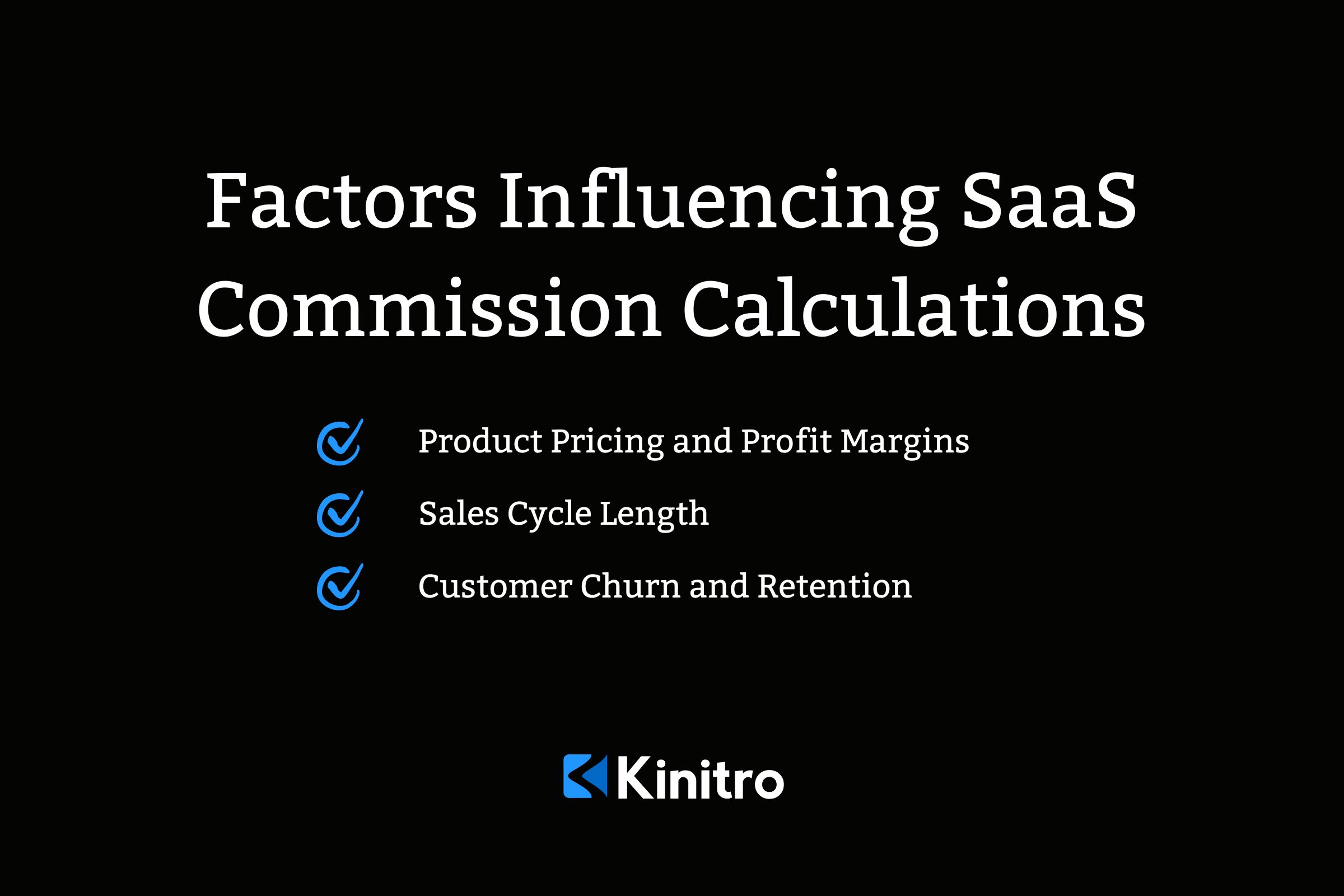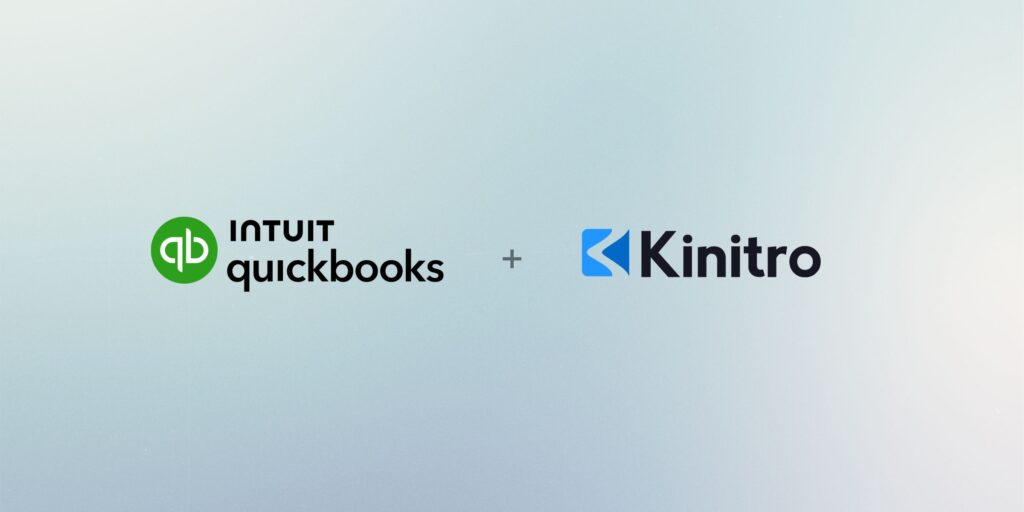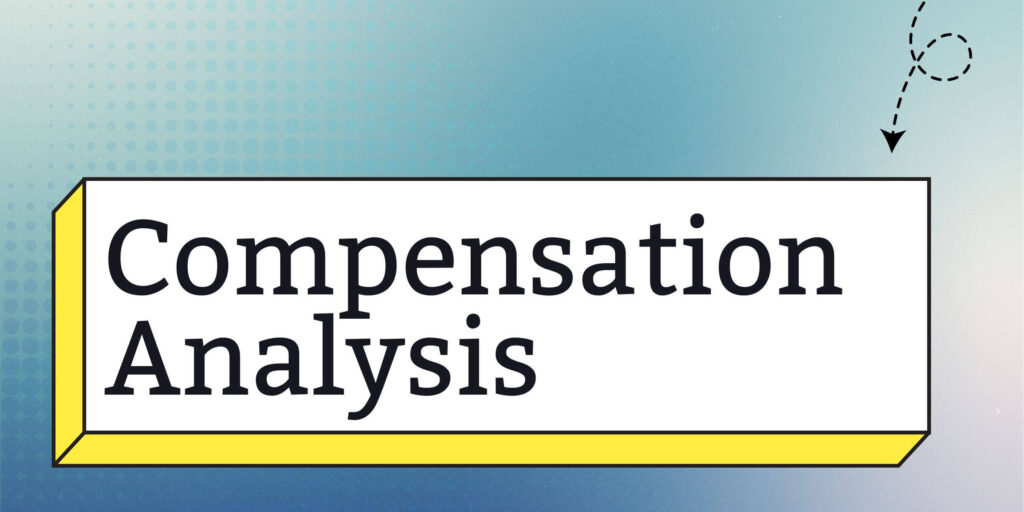In the world of Software as a Service (SaaS), sales commissions play a vital role in driving revenue growth and retaining top sales talent. However, designing an effective commission plan can be a complex task, with multiple factors to consider and variables that can impact the final payout. Are you ready to take control of your commission calculations and optimize your sales team’s performance?
In this comprehensive guide, we’ll explore the core components and factors that affect SaaS commission calculations, from quotas to product pricing and customer churn. Dive in and discover how to create a custom commission calculator tailored to your company’s unique business objectives.
Key Takeaways
Understanding SaaS sales commissions and their role in driving successful businesses
Key components of a SaaS commission calculator, including base salary, commission rate, and sales quotas/targets
Utilizing tools to streamline the process & integrate with existing CRM systems for real-time visibility into calculations.
Understanding SaaS Sales Commissions
Sales commissions, a form of SaaS sales compensation, are integral to the success of SaaS companies, as they incentivize sales teams, including sales leaders, to achieve their goals and reward them for their efforts.
With the right commission structure, you can not only attract top sales talent but also drive sales performance and revenue growth.
The Role of Commission in SaaS Sales
Commission plays a significant role in motivating sales representatives to excel in their performance. By offering a variable pay component, based on individual or team achievements, companies can create a competitive atmosphere that encourages the entire sales team to push their limits and strive for greater results.
Moreover, a well-designed commission plan can also contribute to higher levels of employee retention, as high performing sales reps are more likely to remain with a company that rewards their hard work and success.
Common SaaS Commission Structures
A variety of commission structures are employed in the SaaS industry, with three common approaches being base pay plus commission, quota-based, and tiered commission plans. Each structure has its own set of advantages and disadvantages, depending on the specific needs of your sales team and company goals.
Base pay plus commission structures offer a fixed base salary, combined with a variable commission component. This approach provides sales reps with a stable income while still incentivizing them to pursue higher sales targets.
Quota-based plans, on the other hand, reward sales reps for achieving non-revenue goals, such as lead generation or customer retention.
Tiered commission plans introduce different commission rates based on sales performance levels, often incorporating accelerators to incentivize reps to surpass their quotas.
Key Components of a SaaS Commission Calculator
The effectiveness of a SaaS commission calculator relies on understanding its key components, which significantly impact your sales reps’ earnings. These components include the base salary, commission rate, and sales quotas and targets.
By carefully considering each of these elements, you can develop a commission plan that accurately reflects your company’s goals and sales team performance.
Base Salary
The base salary is a crucial factor in a sales rep’s total compensation structure, providing a level of stability and predictability in their earnings. By offering a fixed income, your company can attract and retain qualified sales personnel who value the security of a guaranteed salary and understand the importance of annual contract value.
However, it’s important to strike a balance between the base salary and the commission component, ensuring that your sales reps are still motivated to achieve their sales targets and contribute to the company’s growth.
Commission Rate
A successful SaaS commission plan hinges on the determination of an appropriate commission rate. The commission rate should be set based on factors such as the pricing of your product or service and the sales targets you expect your sales reps to achieve.
A well-designed commission rate can create a strong incentivize sales reps to pursue higher sales performance, ultimately driving more revenue for your company.
Sales Quotas and Targets
Another vital aspect of a SaaS commission calculator is the setting of realistic sales quotas and targets. By establishing achievable goals for your sales reps, you can motivate them to push for greater sales performance and drive revenue growth, ultimately helping them reach their on target earnings.
When setting a sales target, consider factors such as market conditions, product pricing, and your sales team’s past performance. This will enable you to develop a SaaS sales commission plan that aligns with your company’s overall objectives and rewards your employees for their contributions.

Factors Influencing SaaS Commission Calculations
Consideration of various factors that influence commission calculations is vital in creating a comprehensive and accurate SaaS commission calculator. These factors include product pricing and profit margins, sales cycle length, and customer churn and retention rates.
By taking these variables into account, you can design a commission plan that accurately reflects the performance of your sales reps and aligns with your company’s business goals.
Product Pricing and Profit Margins
Product pricing and profit margins play a significant role in determining commission rates and sales rep earnings. As a company, you’ll need to strike a balance between offering competitive pricing to your customers and ensuring enough revenue is generated to cover commissions and other operational costs.
Additionally, higher profit margins may allow you to offer more attractive commission rates, incentivizing your sales reps to prioritize high-margin products and services in their sales efforts.
Sales Cycle Length
The length of the sales cycle can have a considerable impact on commission structures and sales rep performance. Longer sales cycles typically require more time and effort from sales reps, which may warrant higher commission rates to compensate for the additional investment.
Conversely, shorter sales cycles may allow for lower commission rates, as sales reps can close more deals in a shorter timeframe. When designing your commission plan, consider the typical sales cycle length for your product or service and adjust commission rates accordingly.
Customer Churn and Retention
Considering customer churn and retention rates when calculating commissions is vital to ensuring long-term customer satisfaction and revenue growth. High churn rates may indicate a need to focus on improving customer service or product quality, while strong retention rates could be a sign that your account executives are effectively nurturing customer relationships.
By incorporating churn and retention metrics into your commission calculations, you can incentivize sales reps to prioritize customer success and drive long-term monthly recurring revenue growth.
Building Your Custom SaaS Commission Calculator
With an understanding of the key components and factors affecting SaaS commission calculations, you’re now equipped to build your custom commission calculator.
By defining commission parameters, incorporating performance metrics, and adjusting for unique business factors, you can create a tailored commission plan that aligns with your company’s goals and accurately rewards your sales reps for their performance.
Defining Commission Parameters
Defining the parameters of your commission plan is the initial step in building your custom commission calculator. This includes setting commission rates, sales quotas, and performance metrics that will be used to calculate commissions. When defining these parameters, consider your company’s specific objectives, market conditions, and the performance of your sales reps.
This will ensure that your sales compensation plan accurately reflects your business goals and provides the right incentives for your sales team.
Incorporating Performance Metrics
Following that, you need to integrate performance metrics into your commission calculations. Metrics such as new customer acquisition, upselling, and customer retention can provide a more comprehensive view of your sales reps’ performance and ensure that they are rewarded for their efforts across all aspects of the sales process.
By integrating these metrics into your commission calculator, you can create a more accurate and motivating commission plan that drives overall business growth.
Adjusting for Unique Business Factors
Finally, ensure your commission calculator is adjusted for unique business factors like market conditions, sales territories, and product offerings. These factors can have a significant impact on your sales reps’ performance and commission calculations, so it’s important to take them into account when designing your commission plan.
By adjusting for these unique factors, you can create a tailored commission calculator that accurately reflects the specific needs of your company and sales team.
Utilizing SaaS Commission Calculator Tools and Software
For a streamlined commission calculation process and enhanced efficiency of sales operations, the utilization of commission calculator tools and software is recommended. These tools can automate the calculation process, saving time and reducing the potential for errors.
In addition, integrating commission calculators with your existing sales and CRM systems can provide a seamless experience for your sales reps, ensuring accurate and up-to-date commission tracking and reporting.
Popular SaaS Commission Calculator Tools
There is a variety of popular SaaS commission calculator tools available in the market, such as:
Visualbonus
Concert
Commissionly
CaptivateIQ
and many more
When selecting a tool, evaluate factors such as features offered, cost, usability, and customer service to ensure you choose the best solution for your business needs.
Integrating with Sales and CRM Systems
Numerous benefits can be gained by integrating your chosen commission calculator tool with your existing sales and CRM systems. This integration allows for real-time visibility into commission calculations, enabling sales managers to monitor performance and make data-driven decisions.
Additionally, unifying sales and customer data can give you a comprehensive view of customer engagements and help you develop tailored sales strategies to drive further growth.
Summary
In conclusion, designing an effective SaaS commission calculator requires a thorough understanding of the key components, factors, and unique business considerations that can impact commission calculations.
By taking the time to develop a custom commission calculator that accurately reflects your company’s goals and sales team performance, you can ensure that your sales reps are properly incentivized and motivated to drive revenue growth.
So, are you ready to take control of your commission calculations and optimize your sales team’s performance? With the right approach and tools at your disposal, you can create a commission plan that not only rewards your sales reps but also drives your business forward.
Frequently Asked Questions
What is a typical sales commission for SaaS?
The typical sales commission for SaaS is usually 10%, with most B2B companies at scale ending up with a 10%/10% model according to Jason Lemkin, CEO and Founder of SaaStr.
How do I compensate SaaS sales reps?
Compensating SaaS sales reps can be achieved through a variable pay, or pay for performance, model whereby they receive an extra 10% of the deal amount as commission. For example, if a rep closes a $10,000 deal, they will receive a $1,000 commission.
How do product pricing and profit margins affect commission calculations?
Product pricing and profit margins directly affect commission calculations, as they establish the total revenue available for commissions and the incentives for sales reps to prioritize certain products or services.








